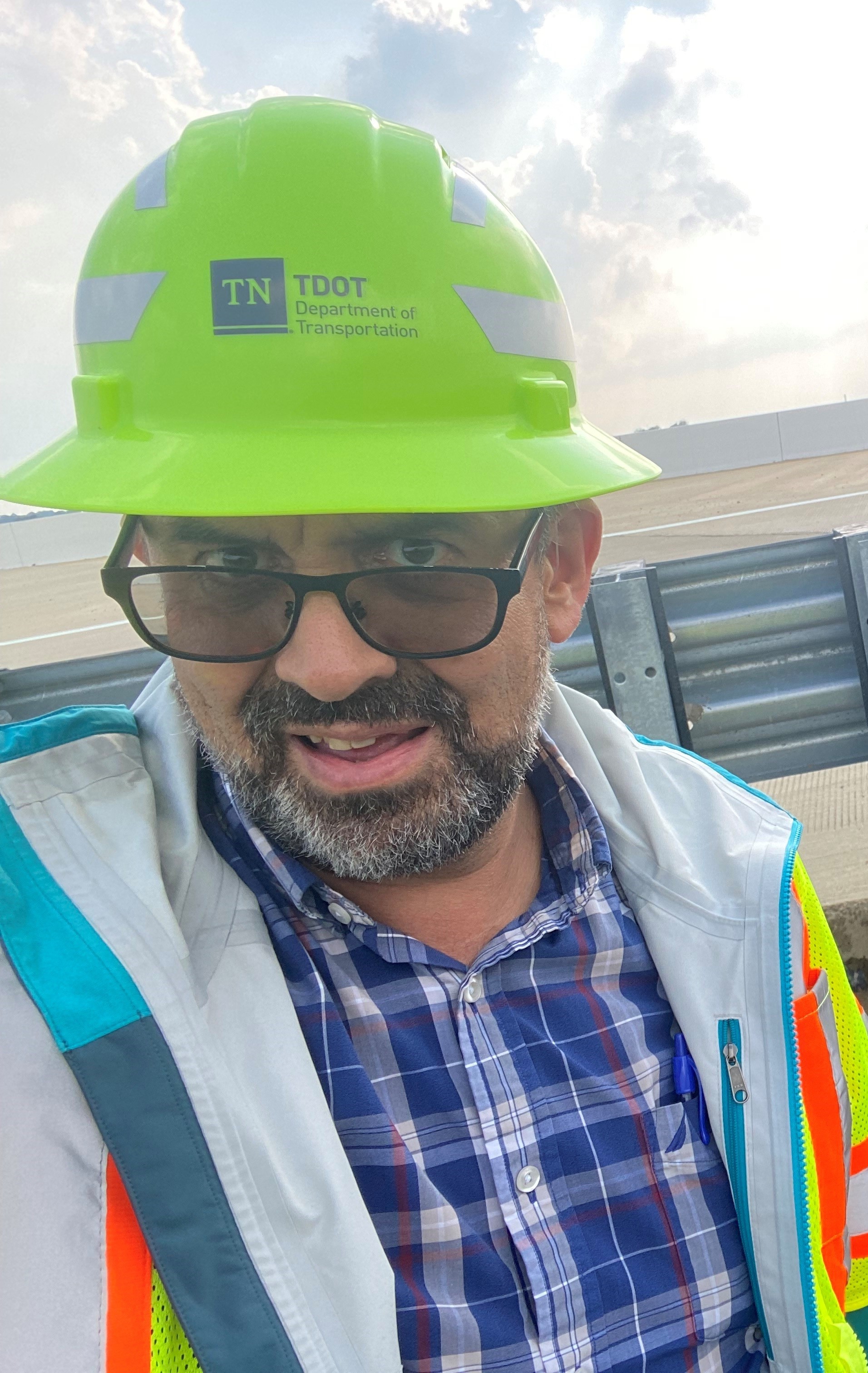Back
Oral
Watershed
Ensuring Spatial Independence of Rainfall Maxima in Partial-duration-based Regional Frequency Analyses
Tuesday, May 20, 2025
1:15 PM – 1:30 PM Alaska Daylight Time (AKDT)
Room: Room 4
.jpg)
Nischal Kafle (he/him/his)
PhD student
University of Memphis, Tennessee, United States
Claudio I. Meier
Associate Professor of Civil Engineering
The University of Memphis, Tennessee, United States
Author(s)
Abstract Submission: The spatial dependence of rainfall maxima can affect regional frequency analyses (RFA) using the station-year method, particularly for partial duration series (PDS). This dependence, arising from station proximity, can lead to biased rainfall quantiles due to the inclusion of maxima from the same event across different stations. Existing methods for obtaining spatially independent maxima, such as interstation correlation matrices and multivariate analyses (e.g., copulas, dependence functions), are primarily suited for block maxima or annual maxima series (AMS). However, these approaches fall short when applied to regional event maxima series and PDS, where maxima do not always belong to distinct blocks. Additionally, these methods may select multiple maxima from the same event across different stations simply because their values differ sufficiently, despite their dependence. To address these limitations, we propose a novel method that classifies maxima as dependent or independent by analyzing the exact temporal and spatial distances between storm events across stations within a region. Our versatile approach works effectively with both block maxima series and PDS. The study focuses on sample regions defined by rain gauge stations in the US and Germany, with validation using Level 3 radar rainfall data from NEXRAD and the German Weather Service. By improving procedures for selecting independent rainfall maxima from closely located rain gauges, our method aims to enhance the accuracy of prevalent RFA techniques, potentially leading to more reliable extreme rainfall estimates.
Learning Objectives/Expected Outcome (Optional) : At ASCE EWRI 2025, I will present a novel approach for ensuring the spatial independence of rainfall maxima in regional frequency analyses, helping to improve the accuracy of depth duration frequency (DDF) values. By discussing how to address the limitations of current methods, I hope to contribute to more reliable extreme rainfall predictions. I’m also eager to learn from the audience's perspectives and feedback, which will help refine my research and make it even more applicable to real-world hydrological challenges.
Learning Objectives/Expected Outcome (Optional) : At ASCE EWRI 2025, I will present a novel approach for ensuring the spatial independence of rainfall maxima in regional frequency analyses, helping to improve the accuracy of depth duration frequency (DDF) values. By discussing how to address the limitations of current methods, I hope to contribute to more reliable extreme rainfall predictions. I’m also eager to learn from the audience's perspectives and feedback, which will help refine my research and make it even more applicable to real-world hydrological challenges.

